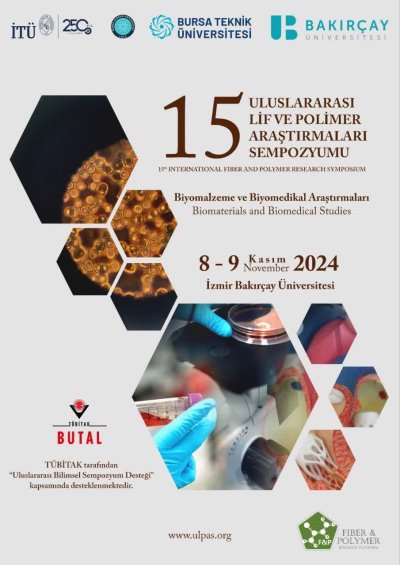0% Complete
Authors :
Keywords :
Abstract :
List of archived papers
Maha Almezgagi - Gülcihan Güzel Kaya - Hüseyin Deveci
Waleed Mustafa
Burhan Karateke - Nazire Deniz Yılmaz
Emre Demir - Ayşe Bedeloğlu
Azra Albayrak - Fatma Nur Parın
Mehmet ZEYBEK - Serkan MENTEŞ
Ezgi Topcu Gürbüz - Canan Öztürk
Selcen İremnur Baloğlu - Kadir Ural



